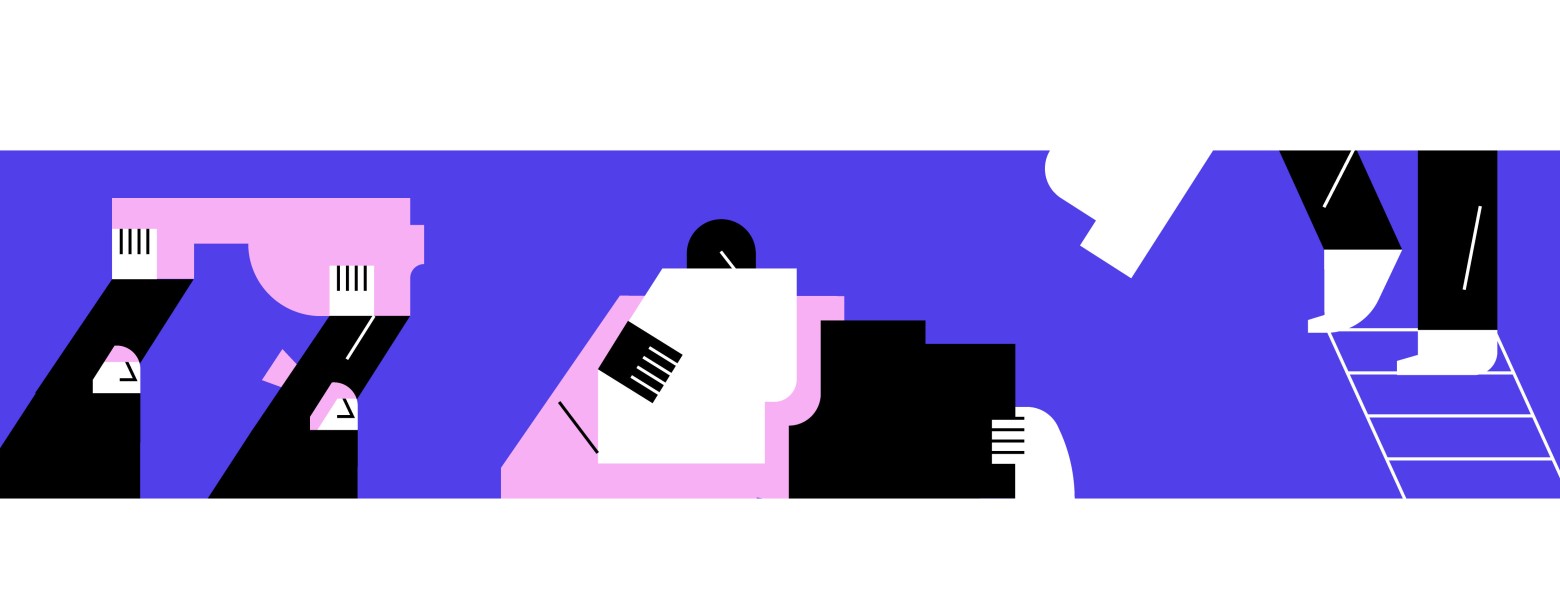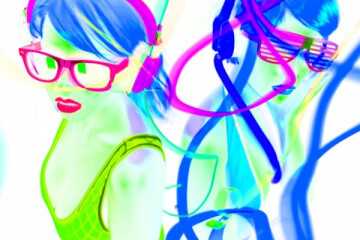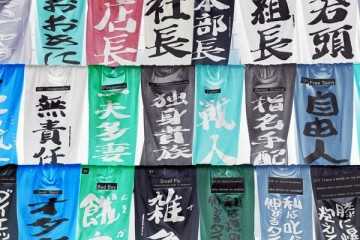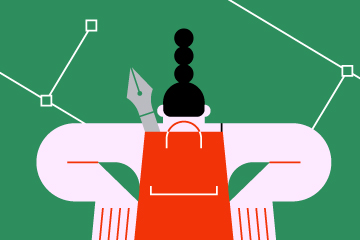
Firma welcomes many projects in their early stages. Some of them have a pretty clear idea or plan, and perhaps some solid solutions up their sleeve. With others, we get a bigger space to work out the kinks, and suggest our own points of view. Some of them are somewhere in the middle. In every case, the process of discovering a product and creating it from scratch is fascinating, challenging and different, even if we roam in the same semantic field – there are always different ingredients, which we appreciate.
What makes product discovery challenging? First of all, the kick off. In most cases, even if the client has gained some background knowledge and experience and they can already envision a screen or two, there’s a gap between the vision and the bigger picture. In some cases there is not picture, rather a puzzle of vision, goals, plans, and the drive to bring it all together – such was the case of a client of ours from last year, who bust in with a visionary idea of an AI based product.
First thing we did was ask and listen carefully: what is their dream? What do they envision? What tools do they have to begin this process? How much do they know about their field? What are some challenges we’ll have to face? Where do they see themselves in five years? And how can we take the first step together towards our final goal? We’ve mapped the information, divided it into categories, placed it all on a board, and from there we leap into deep market research on AI products. We look at direct and indirect competition, parallel products in different fields, learn about trends and innovation and try to extract the demand for our groundbreaking product.
Then, we take it to the next level: after deepening our knowledge, we meet the client for a product discovery workshop. Our methodology includes Design Thinking tools such as defining personas of our potential users, mapping out their pain points and needs, sketching empathy maps to understand their point of view and creatin user journeys to cover the solution we plan from head to toe. We usually close the workshops with feature brainstorm to stimulate imagination and ideas and pick out our teams creative brains. Wonderful things come up in that free zone. In a more advanced part of the project we open this list and use some of this inspiration, but from a more calculated and experience-based point of view.
We will utilize the knowledge gained from both the research and the workshop to shape the product's flow and establish the information architecture of the product. This is when we present the UX concept, an innovative and creative solution that combines a new and refreshing user experience, that stands out from everything that’s on the market already. We will ensure the product values and goals are being supported by the solution. Once we get thumbs up, we build a fully wireframed flow. This is the place to mention the Agile approach we sustain, communicating every step to the client, adopting pivots on the go and even taking few steps back in order to sharpen the work. It's all part of the deal, and we know how to manage.
We also create a design concept, begin the design process by researching relevant references based on gained insights. User experience and precise tone are much influenced by the users – young or old, tech savvy or not, niche and experienced or not, will all look and feel different. Craft the product’s visual language from the brand’s visual language or create a new one from scratch if needed. If there’s already a brand language you can work with, recreate it for the product while building a design system that allows interface consistency on the one hand, and product evolution on the other.
Let’s recap. This is how you create a product from scratch:
- Understand the clients’ vision – including the goals set for the project, the technology behind the product, scope of work, and the challenges and limitations that might come up.
- Expand your knowledge – learn the market, competitors and problems you wish to solve profoundly. Look at trends and innovation in your client’s field and gain insight about their product. Map out demand, potential users, needs and pain points.
- Product workshop with the client – mutually define the product’s goals and KPIs, its values, the personas representing it, what are some possible solutions through both personal and mutual brainstorming, and which opportunities we’d like to take.
- UX concept – offer an innovative and creative solution that combines a new and refreshing user experience.
Ultimately, the solution is a unique interface that represents the critical path of the project. - Build a fully wireframed flow – following your UX concept, create screens while considering the full spectrum of user scenarios, including the extremities, and providing a solution to all of them.
- Create a design concept – based on market research, the knowledge we gained of the user and the product values, then and proceed to full visual language.
- Agile development – this allows you to go through with UX and UI design without waiting for some processes to end just to begin new ones. This is also the key to remaining flexible to client’s needs.
- This is just the beginning – test usability and concept assumptions verification will help you improve the product. And remember: improvement is a constant.
More Inspiration
By Hili Neeman
Wanted: A Partner in Crime
One of my former professors said, "As designers, you are responsible for everything you release into the world. No one else is guilty for the less-than-stellar work you do."
Read MoreBy Elad Mishan
The Design Less Taken
There are many ways to define design. Each definition and the point of view it represents. Every definition assigns a role and meaning to the designer, the creation, the process...
Read More



